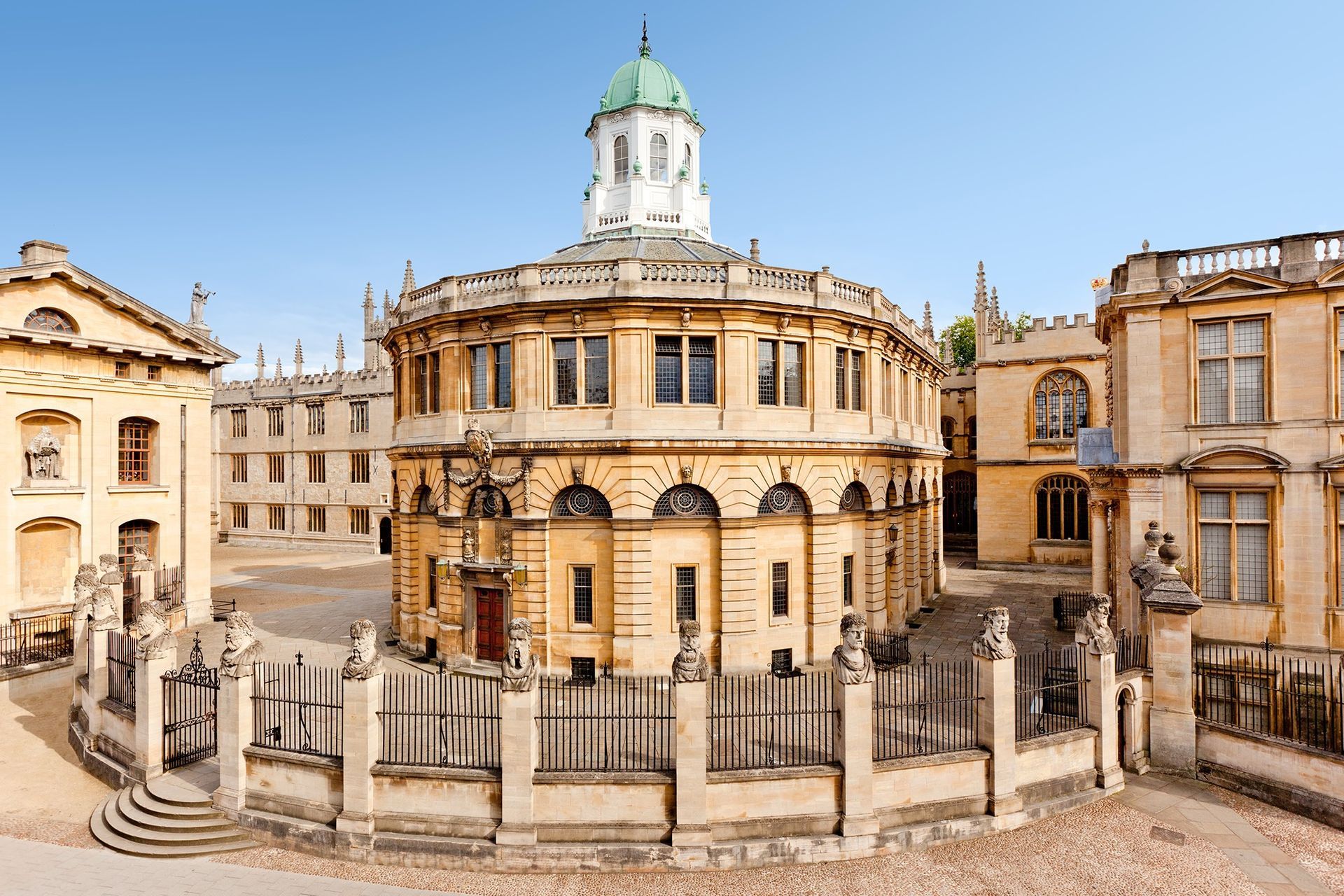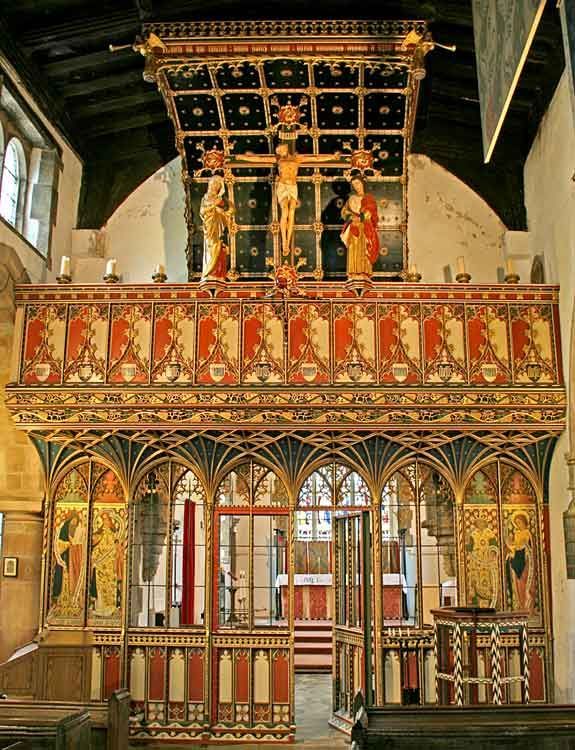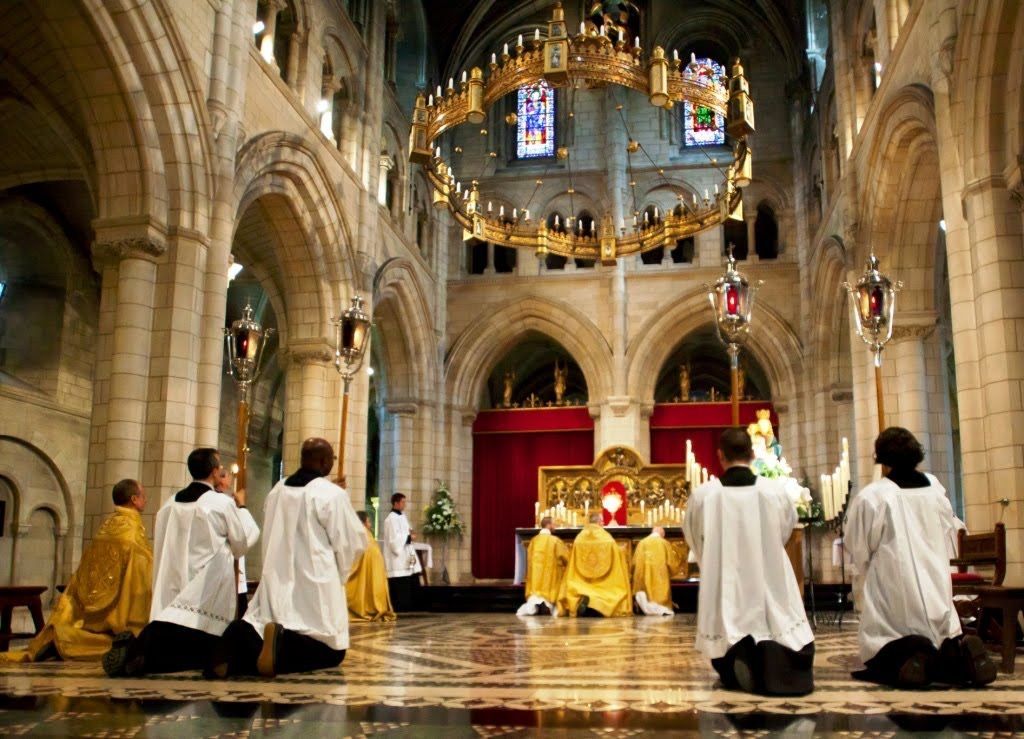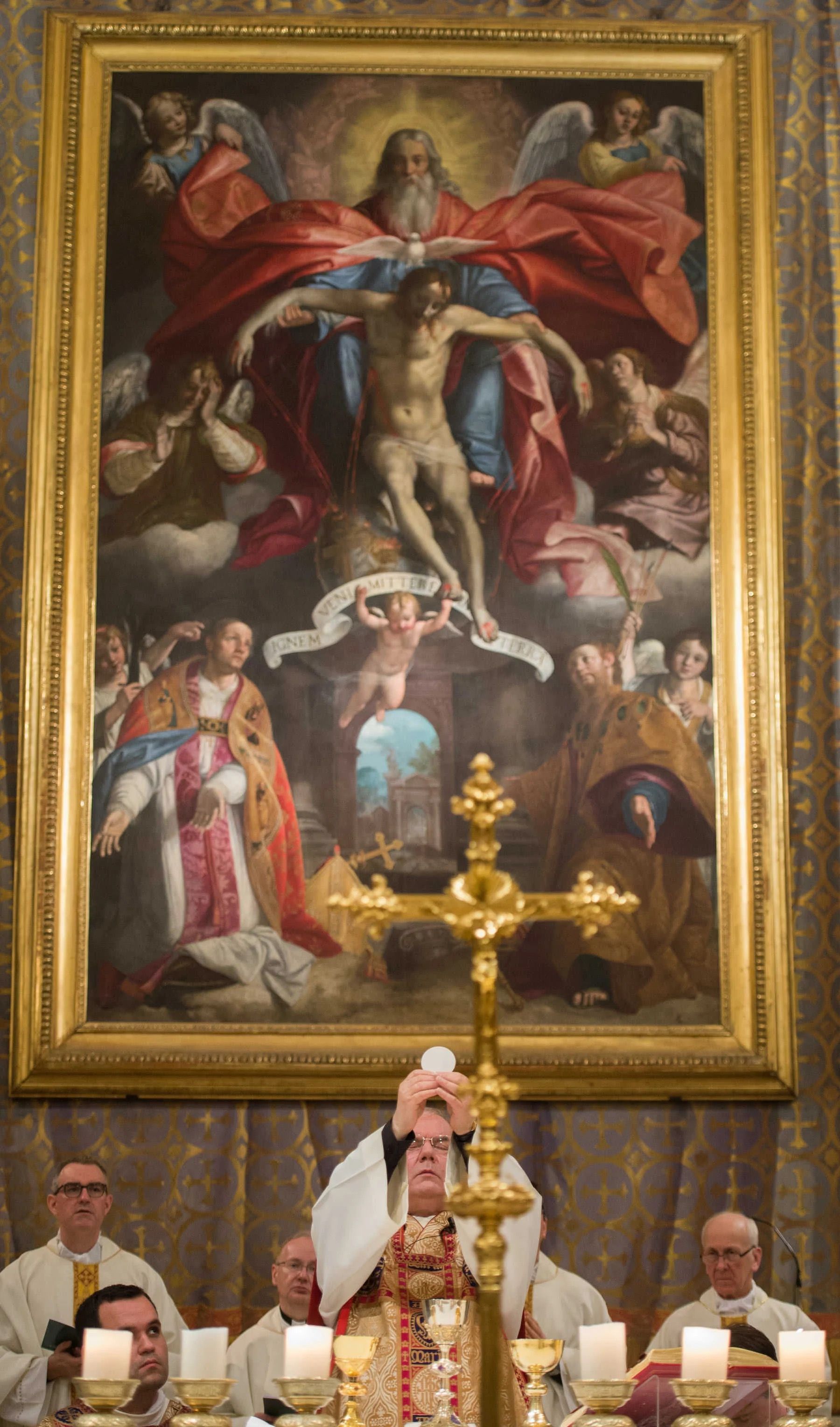The Tenth Leper
Rev. Michael J.V. Clark • October 30, 2025

I want you to concentrate on three aspects of this Gospel: (1.) the cry of the lepers: “Have pity on us,” (2.) the command of Jesus to them: “Go!” and (3.) the fact that one returns to “give thanks.” Keep these in mind as we unpack the teaching.
Have you ever been in a dangerous situation with a group of people? Perhaps a bumpy flight, or a frightening storm. What do you hear them cry out? For many, it’s the only time they ever pray: “My God!” At a moment of crisis, there are very few atheists. But should God answer them? He’d be perfectly within his rights to decline their petitions - surely they cannot expect to ignore him their whole lives, transgressing his law, casting his Name to the wind, only for him to swoop in with a favor when they most need his help?
The Miracle of the Ten Lepers is not just a feel-good story - how nice Jesus is, nor is it merely a call to gratitude when we receive God’s blessings. Jesus did many nice things, and healed many people during his ministry on Earth, but not all are recorded. There’s something more about this one - as well as an account of Christ’s goodness it is more importantly a liturgical catechesis. It shows how Christs heals us through the Sacraments, just as he healed the lepers of their physical ailments. It teaches us how we should respond with worship, just as the Samaritan returned and fell at his feet. But to see this depth, we must start where the story ends – with the one who turned back.
The Ten Lepers heard Christ’s healing command, but one, realizing his condition had been cured, stopped in his tracks, returns to find Jesus, and glorifies God with a loud voice falling at his feet. Note that he apparently fails to complete the mission: Jesus told all of them to go, and show themselves to the priests. This one, however, has realized something. He has experienced an Epiphany, and thus returns to give thanks to the one he recognizes as both priest and God.
The Lord, for his part, accepts this worship. He does not say (as the angels do, or St. Peter did in other places) ‘get up, I’m just a man’ - no - he doubles down “None was found to give glory to God except this foreigner.” His worship was well placed - the Samaritan realizes who Jesus is, and thus receives from him even more. The other nine will get sick again, with something or other - but this one hears the words: “Your Faith has saved you” - in Christ he receives not just healing, but salvation, as well.
Ten of them recognized something in Jesus. The number of them is not coincidental - ten is a full number, and God uses it to express universality - e.g. the Ten Commandments, or completeness - e.g. the Ten Talents. They cry out to him from far away: Jesu! Master! Have pity on us! Whilst hearers of this Gospel would recognize leprosy as a terrible affliction that demanded separation, Christ invites us to recognize ourselves in the community of lepers: Jew and Gentile alike. The common condition is being apart from God, infected by sin, and contagious. We cannot approach God, we can only call out to him.
How does this relate to the Liturgy? Well, we cry out to God in our leprous condition: “have pity on us!” every single day: what is translated in this Gospel as: “have pity” is also: “have mercy” - “eleison” the Lepers cry “eleison hymas” - the same Kyrie Eleison we cry out at every celebration of Mass: their cry has become the universal plea of wounded humanity, woven into our Sacred Liturgy.
God’s response to this petition may then seem astonishing: go! It seems to be a simple verb, but in fact, it’s a euphemism - it means go away, go on a journey, depart - even, die! Can you see now how the story recounts a different narrative? It’s not really about leprosy. Obedience to Christ’s command is a sacramental journey that begins in Baptism, in which those infected with the contagion of sin (as the Liturgy describes it) are called to die and be reborn. The Samaritan Leper recognizes in this departing he has been healed - in his dying, he has been renewed.
Believers might ask themselves - how do we access this cleansing rebirth? Now that Christ no longer walks the Earth, how can we be healed like he was healed? The answer is: the Sacraments, given to the Church by the Lord to continue his work until he comes again.
But there’s a third layer, if you will, and that layer is uncovered by the apparently simple term ‘to give thanks’ - the Gospel recounts how the Samaritan falls on his face at Jesus’s feet giving thanks to him: “euchariston auto” - he, literally, eucharists him. Be in no doubt, it is Christ’s own words that such eucharisting is giving glory to God - and for the first hearers of this Gospel the penny would drop immediately. What we do at Mass, when we give glory to God, is to eucharist him, too - and thus this story is also a Theophany: Jesus is shown to be God and Savior because the Samaritan has Faith. Israel meanwhile seeks God’s favors but misses his divinity. It is the foreigner who sees - and the foreigner who has Faith.
Let us heed the warning of this Miracle - 10 out of 10 receive God’s healing if they ask for it, but only 1 in 10 receives his salvation, because only 1 in 10 has Faith. The call to action is to be Tenth Leper - do we recognize our spiritual leprosy, or merely chase favors from God? Once we are healed, do we turn to him, or do we continue on our way without giving thanks?
Recent Posts










